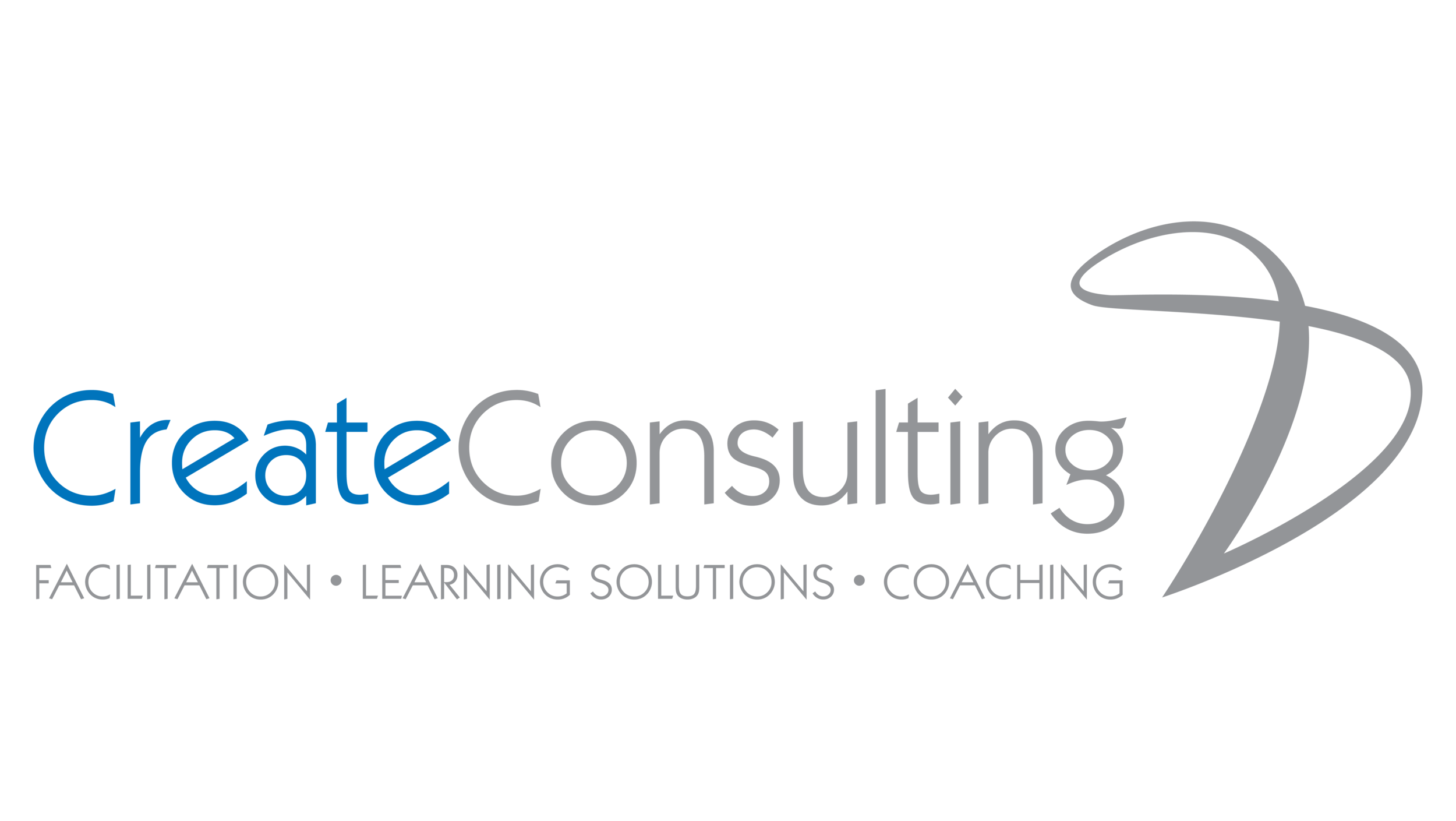Whole Brain® meeting checklist
Do you sometimes feel like your team works well together, but isn’t getting the great results you know they are capable of?
Using Whole Brain® Thinking, to structure meetings in a way that engages every thinker, you can eliminate the unproductive, uninspiring sessions that drain time instead of driving outcomes.
This simple meeting checklist can help you run meetings that ignite every participant’s best thinking.
The neuroscience of Change
Facing failed change initiatives? The neuroscience is clear: change is pain to a brain hardwired for routine.
The secret to lasting change is cultivating genuine insights—the "aha!" moment that releases a surge of energy and drives action. Great leaders don't just talk about change; they use skillful questioning to help people uncover their own solutions, generating the deepest Level 5 insights where action is almost guaranteed.
Ready to stop resisting and start rewiring? Here’s a valuable resource for you.
harnessing Attention whole Brain® walkaround
In our ‘always on’ lives, many of us experience fragmented attention and scattered thinking and don’t realise the impact this has on our leadership.
We believe that attention is one of the most undervalued and underused tools in leadership today. That's why we've created the Attention Whole Brain® WalkAround, a resource designed to help you harness your attention to lead with greater clarity, presence, and impact.
How our Leadership excellence acceleration programme caters for all thinkers
We believe that for true learning and application to occur, every participant must feel seen, understood, and effectively engaged. That's why LEAP is meticulously crafted to deliver content in ways that resonate with diverse thinking styles, maximising individual impact. LEAP cultivates leaders who can champion cognitive diversity within their own teams, sparking more innovative problem-solving, fostering stronger collaboration, and ultimately, driving more robust organisational performance.
Click below to explore the different quadrants and how LEAP caters for them.
Transforming meetings into a thinking environment®
Do you want to reclaim some precious time, sharpen your focus and get better results from your meetings?
With organisations dedicating over two-thirds of their time to meetings, the ability to lead productive sessions and ensure everyone's contribution has become a critical responsibility for leaders. Transforming Meetings equips teams with a structured approach to fully engage each participant and ignite their best thinking.
Gifting the Whole Brain® way
This holiday season, make your gifts truly memorable for the recipients, by aligning them with their unique thinking style.
The Whole Brain® Thinking model reveals how analytical, practical, relational, or experimental thinkers value different types of gifts. From cutting-edge tech and meaningful keepsakes to hands-on tools and adventurous experiences, choosing a gift that resonates with their preference shows thoughtfulness they’ll cherish.
Mastering the art of saying ‘No’
Many of us find ourselves prioritising the needs of others, leaving little room for ourselves.
If you have difficulty saying ‘No’ - we’ve put together a very useful Whole Brain® Hack on how to say no effectively to the thinkers in different quadrants.
Ignite your team's best thinking with the power of play
Play isn’t just for children but adults too. It’s about the ability to laugh and not take ourselves too seriously. When used effectively, integrating playful moments into the workplace can revitalise your team's thinking. The Team Rhythm Activity, is a great team-building activity that can help your team explore and understand some of the complex challenges of our new landscape in a fun way.
Whole Brain® Strategic Thinking and Action Planning Hack
Effective strategic planning meetings don’t happen by accident. They are carefully designed to activate every voice in the room and maximise individual, and collective, thinking potential. Our simple yet effective ‘Brain Hack’ is a great team effectiveness tool to align, mobilise and ignite innovative thinking in your team.
Whole Brain® Hack for Communicating and Presenting
Effective teamwork is essential for achieving success in any organisation. No matter how well your team is functioning, there is always room for improvement. This simple but powerful tool can enhance your team’s effectiveness by transforming the way you communicate.
How to be a good thinking partner
When we’re feeling stuck, overwhelmed or uncertain, sometimes the best way to move forward is to talk it out with a thinking partner. A thinking partner is someone who provides uninterrupted attention and a safe space to explore ideas and concerns. When we feel truly heard and understood, we can access our deepest insights and unlock our best thinking. We’ve put together a few tips based on Nancy Kline's Thinking Environment™ framework on how to be a good thinking partner.
5 Love languages of appreciation
In the same way that everyone has different thinking preferences, we all have different ways in which we like to be appreciated. For leaders, it’s important to understand what appreciation looks like in the four Whole Brain® Thinking quadrants and how to show it effectively to the thinkers in each.
Download our handy guide for the details.
A Whole Brain® learning hack
We all think and approach work and learning differently. Engaging Whole Brain® Thinking in the design and delivery of learning experiences (& group processes), ensures that we cater for and optimise the learning experience of all the participants. Here is a great Whole Brain® Walk Around guide on what engages (& disengages) the different thinking styles.
7 Power gaps women face in leadership
Seven Power Gaps prevent 98% of professional women from achieving their highest potential and 75% are hindered by three or more gaps. To leverage the power of Whole Brain® Thinking and come up with an action plan to bridge this gap, Melanie Kiley, joined a Herrmann facilitated Certified Practitioners (DPIP) workshop on Coaching Women Leaders. The outcome? A Whole Brain® Thinking walkaround comprising practical questions for each of the four quadrants to help women leaders close these gaps.
10 Rules for Brilliant Women
Many women struggle to share their voices fully in the world. After years of watching colleagues, clients and friends struggle to own their brilliance, Tara Mohr created a workbook detailing an active process for women to start living their brilliance more fully. Download it today to explore the guidelines and questions that will help you to apply her 10 rules in your daily life and - go be brilliant!
Building MENTAL health and Energy Resilience
In today’s ‘always-on’ society, we get caught up in a cycle of doing and often forget to give ourselves quality attention – the time and space to pause and check in on how we are feeling. We have put together a comprehensive and practical resource to help you to reduce stress and avoid burnout by Building Mental Health and Energy Resilience.
A Whole Brain® guide to Going Remote
One of the key challenges facing organisations right now, is how best to optimise productivity and effective collaboration in the remote and hybrid work environments.
Here is a great Herrmann resource that provides 5 keys using the Whole Brain® framework to ensure a comprehensive approach.
Questions to ignite your best thinking
Questions open the door to dialogue, discovery and breakthrough thinking. When crafted with precision, questions remove limitations and create space to think creatively and focus on new possibilities.
Our practical resource will help you to ignite the best thinking in your team through powerful questions.
Using the power of Incisive Questions to unlock your thinking
The mind starts thinking in the presence of a question. There are great ideas lying just beneath untrue, limiting assumptions. When crafted with precision, Incisive Questions™ remove these limiting assumptions and free the mind to think afresh.
Here is a great process for you to unlock your next-level thinking.
Igniting strategic thinking the whole brain® way
Whole Brain® Thinking is a framework that can help teams to define an effective strategy -
one that leverages all thinking preferences and creates a clear direction for better business results. Here is a great Whole Brain® Walk-Around exercise for individual, team and organisational application to ignite strategic thinking.
Journaling TO ignite your best thinking
Are you keen to unleash your full brain power and jump-start your personal development? A great way to do this is through journaling. When we write, our thinking slows down and we use a different part of the brain. It is in the pausing and reflecting that we can ignite our full thinking potential.
Here are some great guidelines to get started.
Journaling the whole brain® way
Apart from the enormous stress-relief and wellbeing benefits of journaling, it is also promotes critical thinking using our Whole Brain®.
Here is an insightful resource to leverage your own preferences and ‘flex’ into your less dominant quadrants.























